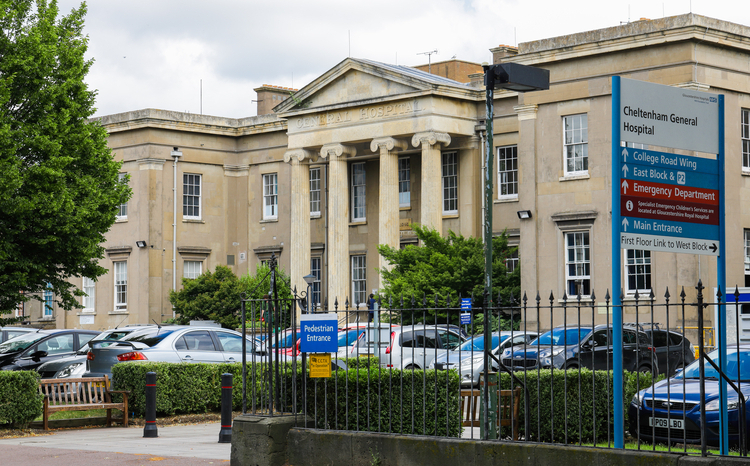NPSA Never Events policy welcomed
- 5 March 2009
A company making IT systems to prevent wrong-site surgery has welcomed the launch of a national patient safety policy focusing on eight types of incident that can easily be prevented.
Jeremy Turbervill, head of sales for Safe Patient Systems, said it was pleased the National Patient Safety Agency had issued the Never Events policy, which will be monitored and reported publicly each year.
Alongside wrong-site surgery, the policy says seven other patient safety incidents should never, ever happen. These include leaving instruments in patients post-operation, wrong-route administration of chemotherapy drugs, and suicides using non-collapsible bed rails.
Turbervill, whose company developed the Safe Surgery system, said: “We’re pleased to hear about the policy surrounding Never Events. We’ve been around since 2005 advocating the use of a system to prevent wrong site and wrong side surgery.”
From April 2009, primary care trusts will be working with hospitals and other healthcare providers to implement the policy locally. Martin Fletcher, chief executive of the NPSA, said: “Primary care trusts have a significant role in using commissioning as a lever for safer care.
“We have worked with the NHS to identify Never Events that are serious, largely preventable and have guidance available to prevent occurrence. Healthcare providers need to ensure this guidance is implemented.”
The government’s chief medical officer, Professor Sir Liam Donaldson, has reported that 350 errors in surgery are reported every day, including replacing the wrong knee joint and drilling holes in the wrong side of the head.
The Safe Surgery system is designed to prevent such mistakes by combining photo identification of the patient with bar-coded wristbands that can be scanned for information about them.
Turbervill added: “Since the Never Events launch, we’ve been talking to several more trusts on the basis that NPSA have told hospitals they must implement a surgical safety checklist and record it electronically by February 2010.”
The House of Commons Health Select Committee is carrying out an inquiry into how technical systems can be used to improve patient safety. The next stage of the inquiry is being held today.
The inquiry has already heard from evidence from standards body GS1, which has highlighted the benefits of using methods such as bar-coding to prevent mistakes in healthcare.
Evidence presented by GS1 says: “Medication errors and counterfeit medical products are a serious risk to public health.
“Automatic Identification and Data Capture (AIDC) systems and traceability systems enabled by global, open, and proven standards provide the opportunity to make the healthcare supply chain safer, reduce medication errors and fight counterfeiting.”
Link: National Patient Safety Agency




